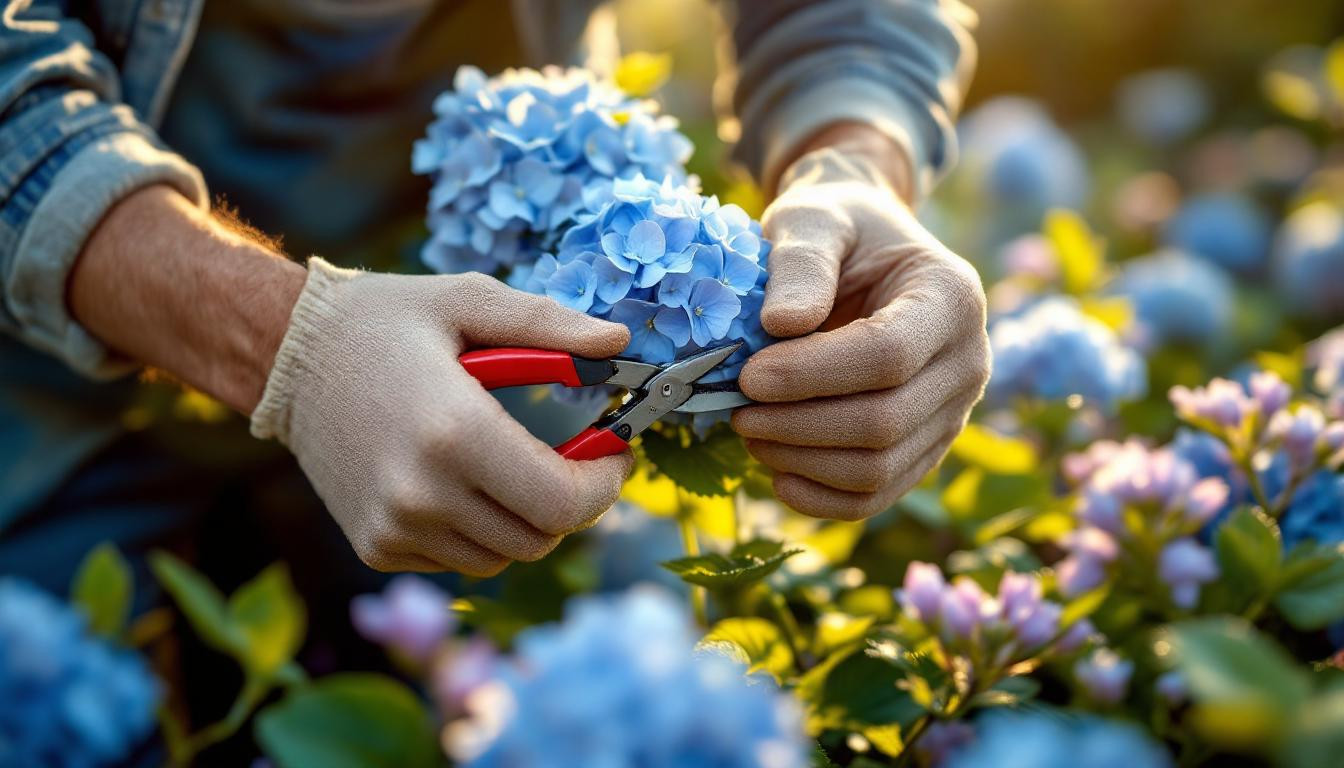Spring is the perfect time to give your hydrangeas some well-deserved attention! As we move into early April 2025, gardeners everywhere are reaching for their pruning shears. But timing is everything when it comes to these beloved flowering shrubs. Let’s uncover the secrets of properly pruning hydrangeas to ensure spectacular blooms this season.
Why proper pruning matters this spring
Pruning isn’t just about keeping your garden tidy—it’s essential for plant health. “Spring pruning can make the difference between a hydrangea with a few scattered blooms and one that’s absolutely bursting with flowers,” explains Dr. Maria Chen, botanist at the National Garden Institute. As the temperatures warm, knowing exactly when to make those cuts is crucial.
Identify your hydrangea type before cutting
Before you snip a single stem, you need to identify what kind of hydrangea you have. Different types require different approaches. Bigleaf hydrangeas (mopheads and lacecaps) bloom on old wood, while panicle and smooth hydrangeas flower on new growth. If you’re unsure, I recommend waiting until you see the first hint of growth to make identification easier.
Perfect timing for spring pruning
With spring fully underway, here’s your pruning calendar:
- Bigleaf hydrangeas: Only remove dead wood now; save major pruning for after they bloom
- Panicle and smooth hydrangeas: Prune now before new growth starts
- Climbing hydrangeas: Hold off until summer after flowering
- Oakleaf hydrangeas: Minimal pruning needed; remove dead wood only
Tools and techniques for perfect cuts
Your pruning success depends on using the right tools. “Always use clean, sharp pruning shears to prevent disease transmission between plants,” advises James Wilson, head gardener at Botanical Gardens West. “It’s like performing surgery—you want precision instruments.” I’ve found that regular maintenance of garden tools pays off in healthier plants, just like proper hair care leads to better growth.
The bigleaf hydrangea dilemma
For many gardeners, bigleaf hydrangeas present the biggest challenge. These popular varieties form their flower buds in late summer for next year’s blooms. Cut them now and you’ll sacrifice this summer’s flowers. Instead, think of early spring pruning for these types as a gentle wellness check—only removing dead or damaged stems.
Panicle and smooth hydrangeas: cut away!
If you have panicle (H. paniculata) or smooth hydrangeas (H. arborescens), you’re in luck! These varieties are like the self-healing batteries of the garden world—remarkably resilient no matter how you prune them. You can cut them back hard now (to about 12-18 inches) for stronger stems and larger blooms.
Rejuvenating older hydrangeas
For severely overgrown plants, consider rejuvenation pruning:
- Remove one-third of the oldest stems at ground level
- Cut back remaining stems by one-third
- Add organic matter around the base to encourage new growth
- Water thoroughly after pruning
Post-pruning care essentials
After pruning, your hydrangeas need some TLC. Just as certain vitamins can revitalize aging skin, the right nutrients can transform your hydrangeas. Apply a balanced, slow-release fertilizer around the base of your plants, and add a layer of compost for extra nourishment.
Signs you’ve pruned incorrectly
Worried you might have made a mistake? Watch for these warning signs: limited new growth, unexpected dieback, or no flowers at all. If you notice issues, be patient—hydrangeas are remarkably forgiving plants. They may need a season to recover, but they’ll bounce back with proper care.
Is this the year your hydrangeas will finally reach their full potential? With these timely pruning tips, you’re well on your way to creating a garden showcase that will be the envy of your neighborhood. Remember: the best gardeners know when to cut and when to wait. Your patience now will be rewarded with magnificent blooms all summer long.
